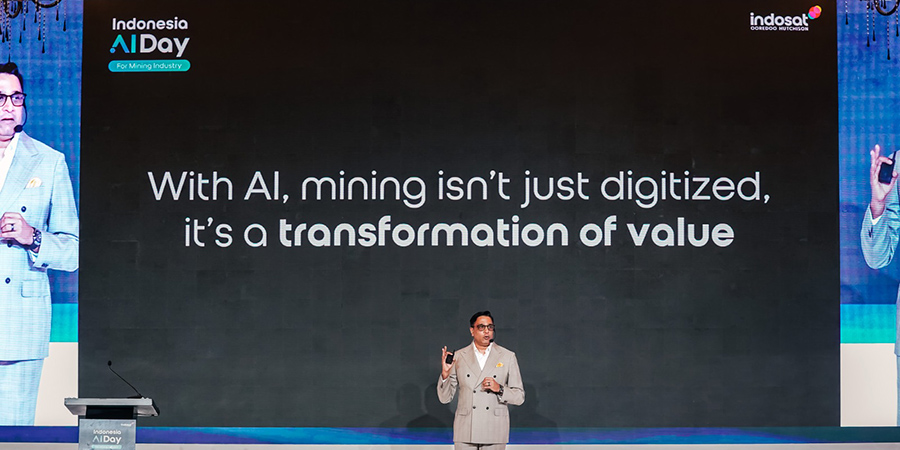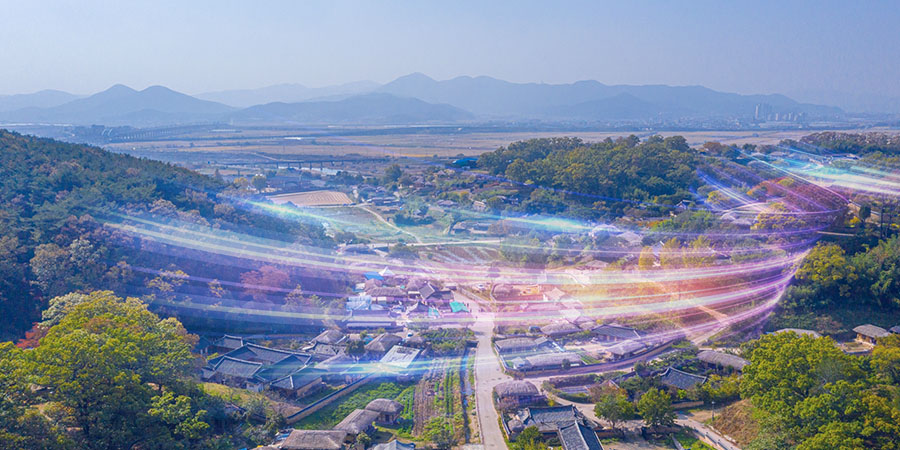
By Angeline Zheng, senior solution architect, ZTE corporation
Operators have long been looking for ways to improve user experience and enhance the utilization of expensive yet limited spectrum. With the proliferation of 5G deployment, the coexistence and co-evolution of multi-band and multi-mode networking have greatly increased network complexity.
As a key infrastructure of the digital society, 5G network not only serves individual users, but also supports digital transformation across industries. Diversified demands with differentiated user experience requirements place huge pressure on operators’ network with “one-fit-all” network policy. How to develop new services and deliver user-centric experiences for industry applications and consumers within limited network resources is of great importance to operators.
Understanding the need for operators to migrate from network-centered resource policy to user-centered policy to deliver the best service in the most resource-efficient way, ZTE has developed Radio Composer, the industry’s first AI-driven context-aware, customized experience solution.
Radio Composer enables multi-dimensional perception and machine learning of UE capability, service characteristic, network characteristic and inter-domain information to help operators deliver optimal performance. This solution effectively manages and optimizes radio resources to meet service requirements dynamically – by shifting traditional “best effort” mechanisms to “always optimal” – implementing best mapping between service requirements and radio resources. It empowers user-centric policy to achieve a near real-time, customized user experience, to yield the best user experience, the highest network efficiency, so as to grow 5G users, unlock network potential and promote 5G industry and ecosystem development.
ZTE Radio Composer takes the lead in using BBU native intelligence as the key driver of wireless network intelligence. Coupled with advanced radio resource allocation algorithm, ZTE Radio Composer empowers consumer and industry applications with first-class-like performance without requiring extra hardware to facilitate a network policy shift from “one-size-fit-all” to “context-aware“. AI training is implemented when CPU is at low load to minimize impact on legacy user experience, and computing capability coordination activated among neighbor cells as the development of 5G users. BBU native intelligence enables edge computing, which makes service application as close to access as possible. This facilitates the implementation of low-latency services including gaming and AR/VR – opportunities for operators to monetize on 5G network and grow revenue streams.
ZTE Radio Composer features flexible radio resource scheduling via network orchestration and user orchestration – leveraging user orchestration to raise the upper limit of user experience and network orchestration to extend the upper limit of network serving capability.
Network orchestration
Network orchestration targets at a future-oriented network design that enables spectrum, frame structure and beam pattern adaptive adjustments in accordance with intelligent traffic predictions and interference avoidance on a cluster basis. It implements accurate mapping between variable network serving capabilities and prediction of traffic patterns to improve network payload and reduce O&M costs. According to field test results, this increases network payload by an average of 32% and reduces O&M costs by 46%.
Though a spectrum with DSS features, such as 2.1GHz is a cost-effective way to have 5G coverage based on legacy FDD equipment, DSS NR performance is severely limited due to the interference between LTE and NR. In particular, DSS NR performance degrades due to intra-cell LTE CRS and neighbor-cell LTE CRS interference are common concerns among global operators.
Radio Composer tackles this problem through network orchestration to improve DSS NR performance and facilitate DSS deployment on a large scale. With intelligent traffic predictions on a cluster basis, intelligent traffic steering of 2.1GHz LTE traffic to the co-coverage 1.8GHz cell can be implemented without affecting LTE user experiences, thereby making LTE shutdown in the 2.1GHz DSS cell possible when LTE traffic has been fully carried by the co-coverage 1.8GHz cell. With only the NR in the DSS cell, the absence of LTE CRS interference greatly improves DSS NR performance.
With the development of uplink services in both 2C and 2B scenarios, such as live webcasts and high-definition videos, large uplink bandwidth is required. However, the current 5G network features a default frame structure that is focused on high-speed downlink, such as the 3D1U, which limits 5G network serving capability on the uplink. To this end, Radio Composer enables flexible frame structure adaption according to uplink and downlink service requirements, carried out by adjusting the frame structure from 3D1U to 1D3U when there is large uplink demand, and from 1D3U to 3D1U when downlink is the major requirement. Compared with manual frame structure adjustments, Radio Composer not only improves network efficiency, but also reduces O&M costs.
User Orchestration
User orchestration targets at smooth user experiences with user steering and user scheduling, which achieves flexible steering and scheduling among multiple frequencies in the network based on accurate predictions of network service capabilities and precise recognition of service requirements, combined with terminal capabilities. In field network, it improves cell-edge user average throughput by more than 300%, reduces handover delay by more than 48% and decreases low-speed NR user ratio by 51%.
For video streaming services, users can enjoy 1080p videos in good coverage areas, or settle for 360p videos in poor coverage areas. However, with Radio Composer, users will be steered to the cell that can deliver the best experience when the experience is going to slide, therefore, smooth user experience can be ensured based on source cell experience evaluation and target cell experience predictions via machine learning. In addition, steering can be implemented in the shortest latency without waiting for measurement feedback. This improves user experiences, whilst reducing video buffer delays and first frame playback delays.
In terms of slicing service, vertical applications in scenarios such as smart manufacturing have critical requirements on delay or reliability. Traditionally, more resources would be allocated to guarantee SLA requirements, resulting in resource waste. But with Radio Composer, slicing resource can be managed in a dynamic way via machine learning of daily or weekly traffic patterns. Consequently, with Radio Composer, 2 or more slices can be configured compared with 1 fixed slice within the same network resources to improve spectrum utilization efficiency.
For vertical application terminals with different locations, such as drones for inspection services and differential protection services, the traditional approach is a unified priority to reside on a high-frequency network with 5G capability. With Radio Composer, drone inspection services can be accurately guided to the low band for wide coverage while the experience is also on-demand, and differential protection with fixed-location terminal is preferentially guided to high-frequency networks to better meet differentiated services requirements. This addresses diversified user demands.
Future-oriented evolution
Radio Composer will continue to evolve and grow in response to different stages of network development and differentiated service demands, exploiting innovative ways to combine new service and application scenarios to yield the optimal experiences and efficiency. Radio Composer can be driven by more intentions, such as energy-saving objectives to foster carbon neutrality to deliver optimal experiences and energy efficiency. With the introduction of cross-domain information, the joint orchestration of consumer and industry segments will be further strengthened to implement flexible coordination of user experiences, network efficiency and other intentions within a single network to facilitate digital transformation powered by 5G across societies.







